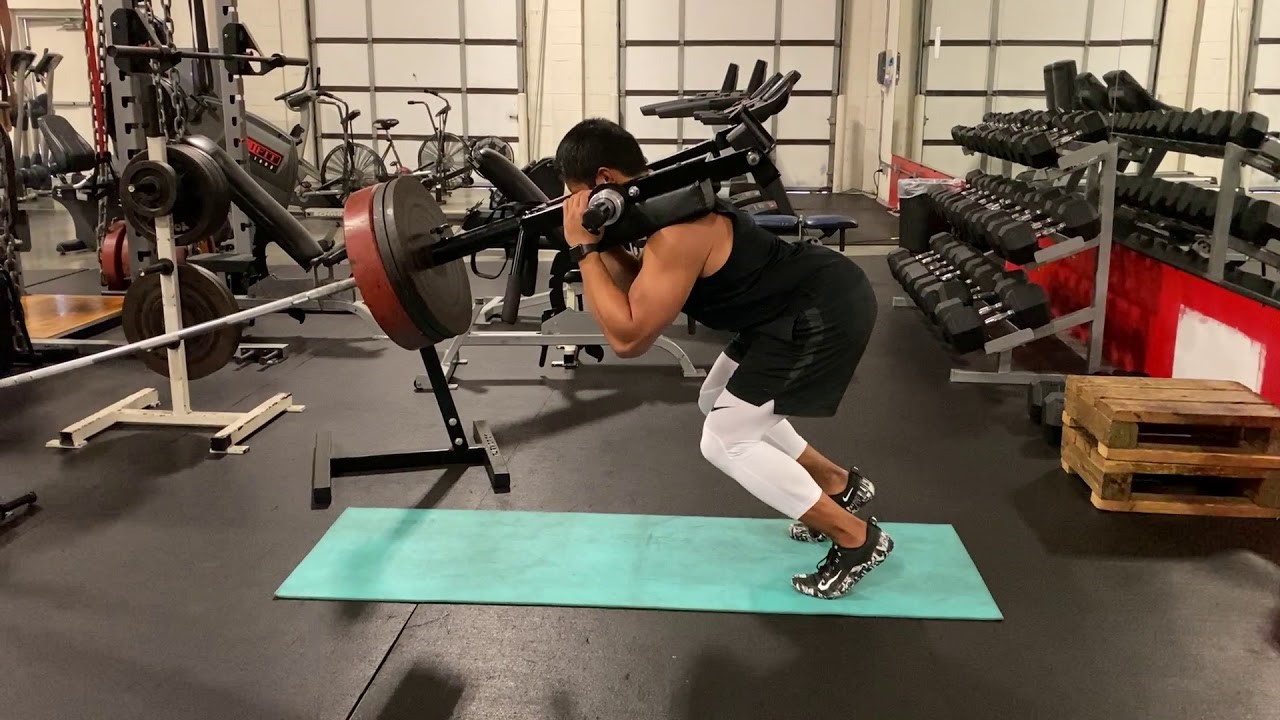Richardbrown
Approved Source

Sissy squats are a traditional quad isolation exercise for bodybuilding that were made popular decades ago by none other than Arnold Schwarzenegger. Due to the widespread belief that they are an efficient way to grow the quadriceps and thighs, they have become even more well-known in the bodybuilding and fitness industries over the past few years. In addition, we are seeing more recommendations and examples of the sissy squat from people who have a much wider range of motion in their knees than did Arnold and his fellow bodybuilders decades ago.
I used to occasionally include the sissy squat in both my own exercises and those of my clients, but I quickly learned that there were far better alternatives that not only more effectively worked the quadriceps but also saved the knees. Here are my top 10 go-to alternatives to sissy squats.
WHY YOU SHOULD STOP DOING SISSY SQUATS
The stress on the knee joint during sissy squats is less than ideal since the weight is pushed excessively and unnecessarily forward into the knee joint, which is obvious to anyone with a basic understanding of biomechanics and functional anatomy.
Yes, some people with knee joints that are naturally resilient can get away with this. But just because someone can get away with something doesn't mean it's right or best. There will eventually be repercussions if dysfunctional and abnormal mechanics are used during a movement, which one could claim is the case with the sissy squat.
Therefore, in general, I don't advise performing traditional or even contemporary forms of the sissy squat exercise since I think there are safer and more efficient alternatives. Additionally, it could be argued that the sissy squat is highly dysfunctional when it comes to understanding functional movement and ideal biomechanics for the human body because it in no way, shape, or form represents a movement we would ever do in everyday life or sports, especially under perfectly vertical force scenarios. In fact, we would consider that very poor biomechanics and a highly unathletic movement in need of a severe overhaul if we consistently observed an athlete adopting such a position during sports or athletic events.
1. FORWARD LEANING SQUATS ON TOES - SMITH MACHINE
This forward-leaning smith machine squat on the toes is possibly one of the most basic, approachable, and convenient quad dominating squat variations.
Simply place your body at a 20-to-30-degree angle toward the smith machine bar and perform squats while standing tall and on the balls of your feet.
This smith machine squat variant has the advantage of being adaptable so that it can be made more power- and sport-based.
In essence, the smith machine enables mid-rep alteration by switching positions so that the eccentric phase more closely resembles a classic deceleration & impact posture, and the concentric explosive phase imitates forward leaning acceleration-based movement (putting the brakes on).
Utilize eccentric isometrics at 90 degrees. In addition to compromising power and torque, over 90 would also put undue pressure on the joints and connective tissue while decreasing the principal muscles' level of activation. Simply said, unless you're preparing for competitive Olympic weightlifting or powerlifting, there is rarely if ever a cause to go above 90 on any squat. In spite of this, it would still be wise to regularly incorporate 90-degree squats into your workouts because they are the most beneficial and efficient for developing functional strength and hypertrophy.
As a matter of fact, more and more powerful powerlifters (such as box squats) and even Olympic weightlifters (Ilya Ilyan) are beginning to do this because they save extreme deeper positions for competition or pre-competition phases because they tend to break the body down while offering no additional benefit over 90. The following movements will all be performed using the 90-degree joint angle approach.
2. LANDMINE FORWARD LEANING SQUATS ON TOES
The athlete can lean into the landmine and angle their body in such a way that they can shift onto their toes and have significant anterior knee drift while completing a functional squat that is particularly sport specific because of the angular force vectors involved in the landmine set up.
These are quite gentle on the knees while yet working the quads. Using attachments such as the Wishbone, provides for higher loading and isolation of the lower body muscles, even though they can be carried out on a basic landmine station with the goblet configuration.
3. SKIER FORWARD LEANING SQUATS ON TOES
A terrific quad-dominant and sport-specific squat activity, the skier forward leaning squat from Purmotion uses a new attachment. It not only imitates the acceleration postures utilized in athletics, but it also works the quadriceps hard while sparing the knees.
Try stopping the action a few inches short of lockout if you want to increase the strain in the quadriceps since the metabolic stress and persistent tension will be extreme. In addition, the position practically requires the lifter to have excellent posture by forcing them to keep their shoulders down and back, have a neutral spine, and have precise 90-degree joint angles at their hips and knees.
4. OVERHEAD BARBELL WALL SQUATS
In addition to being a great full body squatting variation, the overhead barbell wall squat is also one of the most comfortable, user-friendly, and natural-feeling ways to perform overhead squats because the forward torso lean makes it much more conducive to maintaining ideal body mechanics in the overhead position.
The lifter receives natural elongation throughout their thoracic spine, as well as in their thighs and hips, making it a fantastic postural exercise that gives them a full body stretch from head to toe.
5. OVERHEAD SINGLE LEG BARBELL WALL SQUATS
Try performing the overhead wall squat from a single leg posture if you want to increase the quad isolation element and truly feel some serious quadriceps tightness.
This enables the user to blast the thighs while utilizing comparatively lighter loads and necessitates strong stability and whole-body motor control.
Page 1








